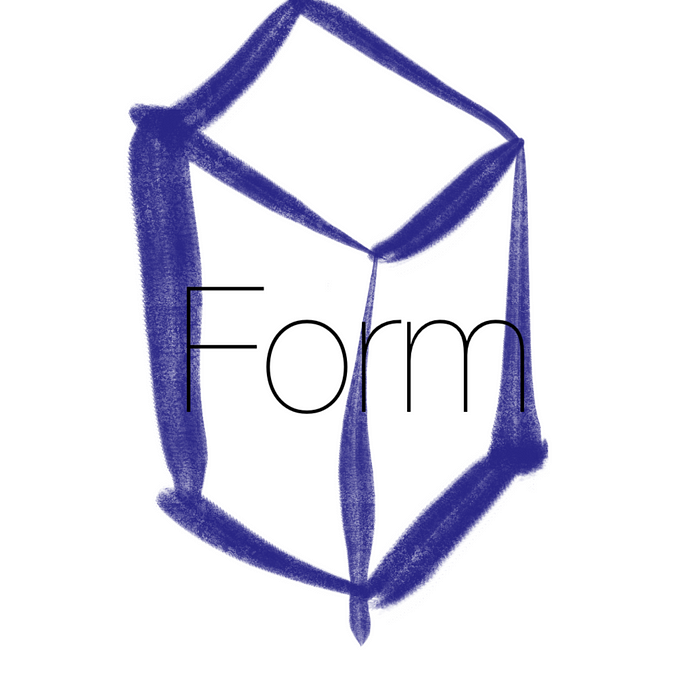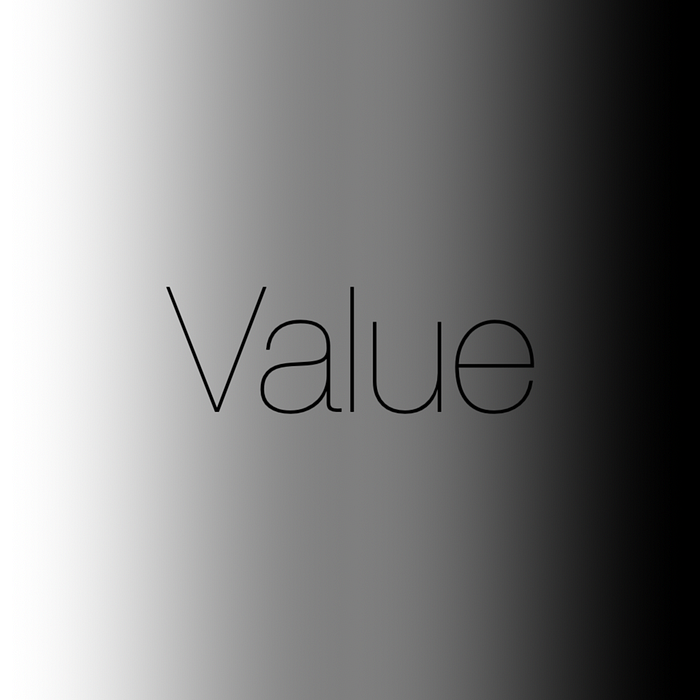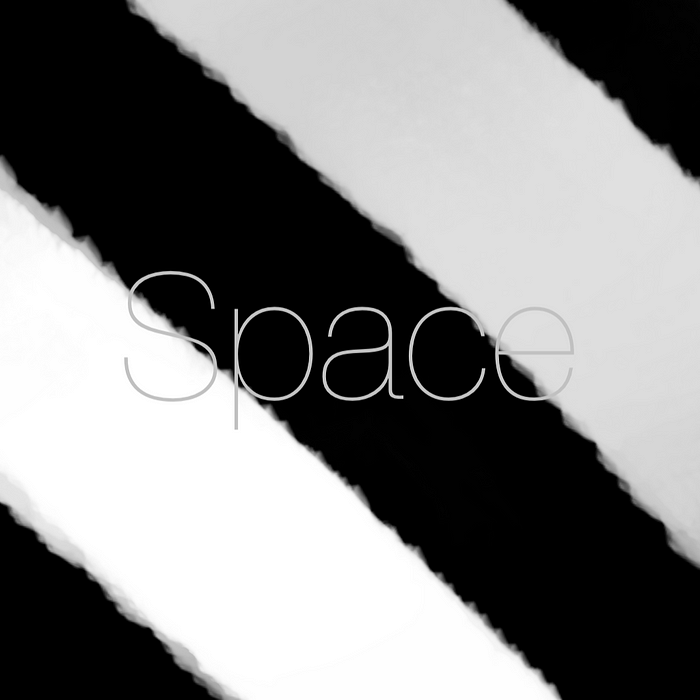The Formal Elements of Art
An Introduction to Visual Language, from a Novice.
When talking about art, design, and visual language, there is a shared vocabulary. Words that, in just a few letters, convey a visual idea as fundamental as the elements in the periodic table.
I’m just a novice on this subject, having only formally studied Art and Creative Design for a couple of weeks, but here, I’ll try to cover the 7 formal elements of art, and explain a little about each one.

Line
A line is simply an element defined by a point moving in space. A line may be two-dimensional, like a diagonal line or a curved arc, or 3-dimensional, moving through the X,Y and Z axes.
Lines can outline a shape or form, but they can also be implied, through the use of space or the edge of a object.

Shape
A shape is an element of art which is two-dimensional. That means that it is flat, or limited to height and width. Shapes can be geometric – like a square, hexagon or circle – or they can be organic and free form.

Form
A form is an element of art which is two-dimensional. That means that it is “3D” and has height, width and depth. Examples of “forms” are cubes, pyramids and spheres. But any three-dimensional shape is also a form.

Value
Value is the name given to the lightness or darkness or tones and colours. The lightest value is white, and the darkest is black. The value exactly halfway between these two tones is calls “middle gray”, unimiginatelively.

Space
Space is an element of art where positive and negative areas are defined or a sense of depth is achieved within a work of art. In digital design, this is most often called “Negative Space” and refers to the space between elements, rather than the space occupied by elements on a screen.

Colour (or Color)
Colour, as a fundamental element, is made up of three properties: hue, value, and saturation.
Hue is the name of the colour, such as red or green.
Value is the lightness or darkness of the colour, achieved through the addition of black or white. Dark and light would be values of red or green.
Saturation is the quality of the brightness and purity of a colour. A colour with high saturation is strong and bright. A colour with low saturation is faint and dull.

Texture
Texture refers to the way things feel – whether you’re touching the thing or looking at something and imagining what it may feel like. Textures include soft, hard, smooth, rough, sharp, blunt, and more.
By bringing these fundamental elements together, artists and designers are able to share a vocabulary and ideas, aiding in communication.
And by understanding these words, you’re better able to describe a piece of art or an object and work out why the artistic and design decisions may have been made.
